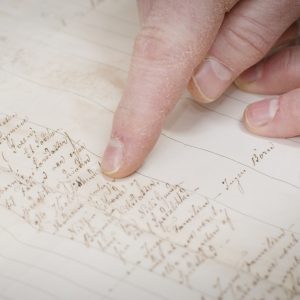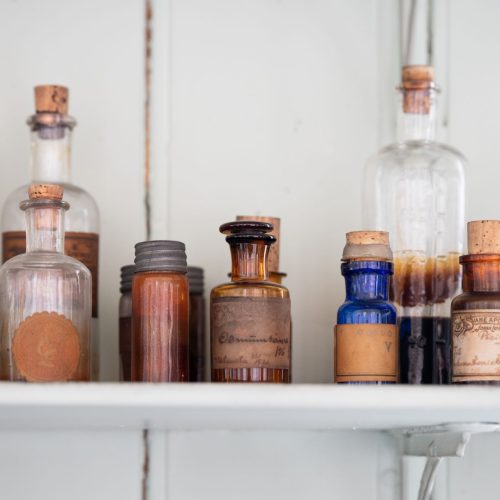BERGEN’S LEPROSY HERITAGE
The history of Hansen’s disease in Hansen’s city
Leprosy was a common disease in Norway for over a thousand years. The disease made an increasing mark on the city of Bergen, and in the mid-19th century, its three leprosy hospitals made it an international centre for leprosy research. Today, this part of the city’s history is largely forgotten. The city’s scientific achievements are better known around the world than they are in Bergen itself, and few people give any thought to all the people whose lives were changed by the disease.
The legacy of leprosy lives on through buildings, artefacts and an abundance of archival material. The stories they bring to life from this forgotten part of history inspire curiosity about the people affected by the disease and provide new insights and understanding about what their lives were like. Hopefully, they can also help to dispel the many myths surrounding leprosy.
THE PLACES
St. Jørgen´s Hospital
The district of Marken is home to Bergen’s oldest leprosy hospital. St. Jørgen’s Hospital was founded in the early 15th century, but the ten different sized buildings on the site today were built after the city fire of 1702. The hospital primarily became a home for people with leprosy, although for a long time, other people who were sick or in need of care could apply for a place there. The last residents passed away in 1946, having lived here for over 50 years. The old hospital now houses the Leprosy Museum.
Pleiestiftelsen Hospital
Pleiestiftelsen Hospital was completed and received its first patients in 1857. The large wooden building could accommodate 280 patients and was located close to Lungegård Hospital, which had been erected a few years earlier. Initially, Pleiestiftelsen was primarily a care institution but also went on to conduct treatment trials. In 1895, the laboratory was moved from Lungegård Hospital to Pleiestiftelsen. The institution more or less closed down in 1957, but a few residents remained there until 1973.
Lungegård Hospital
Lungegård Hospital is perhaps the least known of Bergen’s three leprosy hospitals. The hospital opened in October 1849 but had to be rebuilt after a fire in 1853. Most of its patients had leprosy, but the hospital also admitted patients with syphilis and various skin diseases. Lungegård Hospital was a research hospital for leprosy until 1895. It was probably in this hospital’s laboratory that Gerhard Armauer Hansen identified the leprosy bacterium on a February evening in 1873.
The archives
The Leprosy Archives are inscribed on UNESCO’s Memory of the World, its list of documentary heritage that is important to preserve. The archive material relates to the running of the three leprosy hospitals and the state office of Chief Medical Officer for Leprosy. The archives constitute a memorial both to people and to science.
The items
Preserved buildings and artefacts provide an insight and an impression of how people lived their lives. Their stories live on through these historical items, from everyday life at the hospitals to the unprecedented scientific activity that transformed Bergen into the epicentre of leprosy research.
The people
For many, the people who lived with leprosy in Bergen and Western Norway are a little-known part of our recent history. The stories of the many individuals make a profound impression, not only of those directly affected by the disease, but also those who worked to help care for the sick and research the disease.
Leprosy in Norway
Leprosy is an ancient disease that is shrouded in myth and was once widespread in Norway. Observations and experiments were conducted over a long period of time that provided greater knowledge about the disease and new means of combating it. This would place Norway firmly on the world stage.










